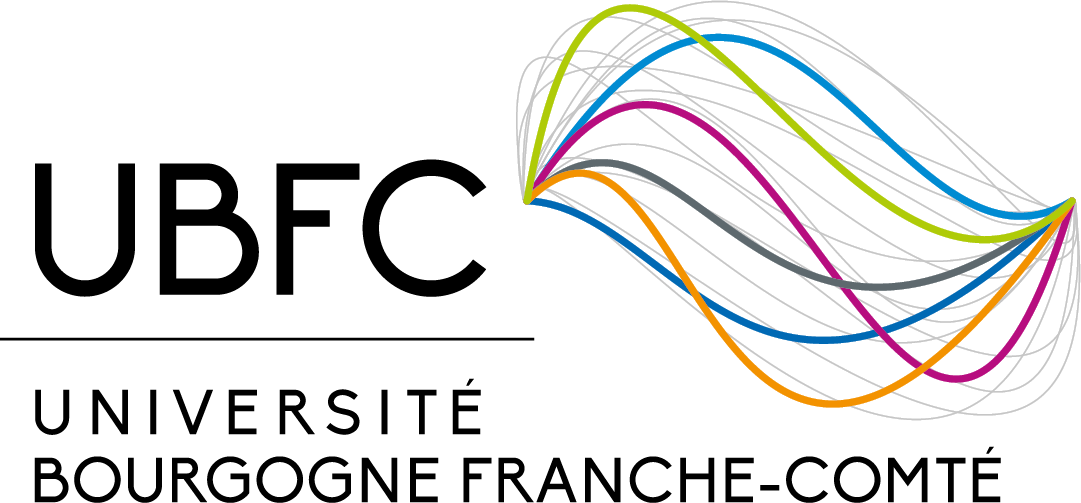Presentation
The training program has two goals: to train physicists with a high skill level in computational methods able to adapt to any future evolution and disruption induced by the digital technologies; and to train digital engineer with a high skill level in physics able to integrate a research team in a university or in an academic research institute, or a R&D department of the industry in order to connect computer engineers to physicists of the other specialities.
About the applied pedagogical principles
The evaluation of the students is realized by multiple examinations during the whole of the courses duration. The teachings are focus on the practice of digital tools and on the treatment of concrete problems. Some courses are organized following the project-based learning method permitting the individualization of the teaching and discussions between a few students and a professor. A fab lab room is available to students for the achievement of their numerical projects. Some courses are taught with the problem-based learning method focusing on problem solving involving the development of students’ individual skills and the students’ self-learning. Some courses of fundamental physics are nevertheless taught with the usual academic methods but with a focusing on practical applications.
The teachings are in English (with individual explanations in French if necessary).
Skills which are developped in the training program
- Know the fundamental concepts of physics.
- Know how to analyse a system or a physical process in order to modelize this one.
- Know how to translate the physical and mathematical properties of a concrete system into computational objects.
- Know the main algorithms of scientific computation, be able to adapt these ones to a particular problem, be able to code them.
- Know the main programmation languages, be able to use the main scientific softwares, be able to use high-performance computing methods.
- Be able to interpret, to analyse and to treat results issued from a simulation or physical data.
- Be able to analyse a scientific or technical problem, to identify the obstacles to its solving, to propose a solving procedure. Be able to follow a scop statement, and to lead a project.
- Be able to present the results of a scientific or technical study (by repport, article, poster, oral presentation).
- Be able to fit into a development or research team.
About the scientific training
The numerical approaches are transversally used in all domains of physics permitting to address several domains during the training program: condensed matter, molecular physics, spectroscopy, quantum theory, dynamical systems and physical mechanics, theoretical physics, astrophysics, life physics, atmospheric physics. This objective is achieved by academic courses but also by the large part of the teaching organized as numerical projects or as problem-based learning. These numerical projects (one by semester), the courses by problem-based learning and internship activities are adapted to each student with respect to his professional project and his personal interests, permitting a specialization in a specific domain of physics or a deepening of the digital skills. Moreover, the master’s program includes a training about quantum information theory. Some quantum technologies are today in expansion and quantum computing is certainly the future of the digital industry. The Physics & Computational Physics master program want to be a training in the present-day higher technologies (numerical simulations, data science) and will prepare the students to the forthcoming technologies (quantum computing).
About the digital training
The training program involves several programming languages (Python, Fortran, Matlab) and their associated scientific libraries, several scientific softwares (Comsol, VASP), and several usual digital tools (Linux, LaTeX, SQL). Some other languages and softwares can be studied by some students during the projects (C++, Mathematica, Topcat, IDL, Gaussian,…).
The training program involves both the big data aspects and the numerical simulation methods, in order to cover the whole of the computational approaches: ab initio simulations; physical data collection, processing and analysis; comparison of observation and experiment results with reference digital models.
